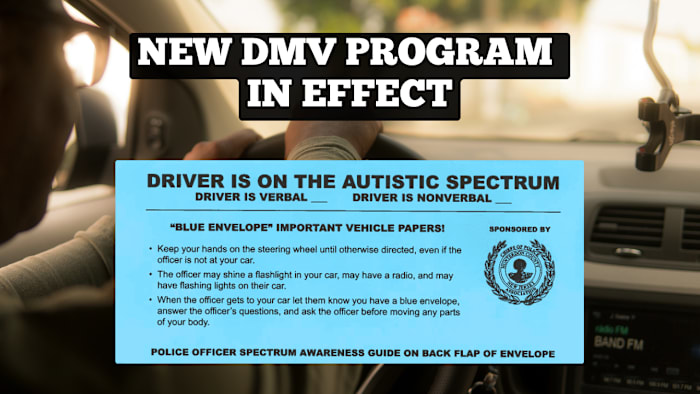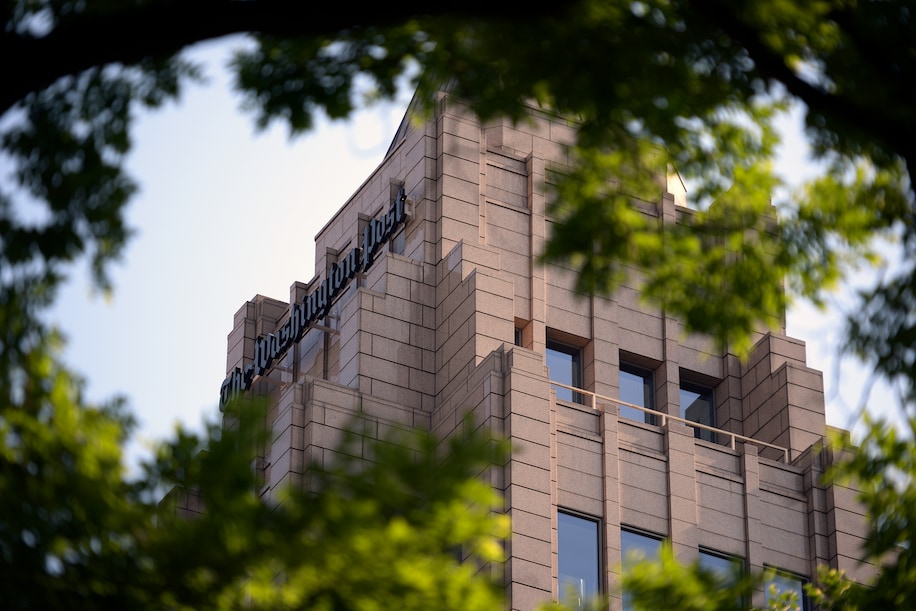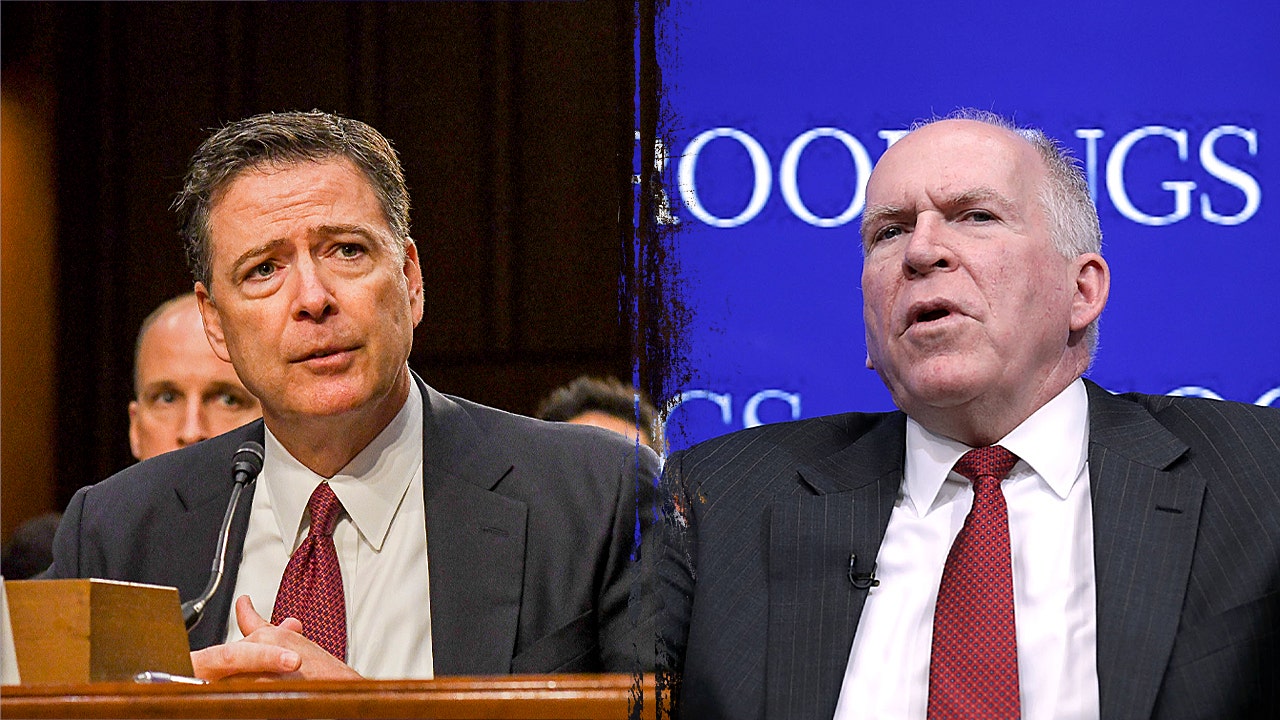As biomedical researchers, now retired, we are horrified by the deep cuts to the National Institutes of Health (NIH) and the National Science Foundation (NSF) proposed in the Trump administration’s budget for 2026. These cuts would cause immense and largely irreversible damage to the successful American scientific enterprise.
A 40% decrease for NIH and a 57% cut for NSF would lead to the cancellation of thousands of grants and the termination of thousands of research programs in areas ranging from basic cancer research to drug development to climate change remediation. It would also end the training of the next generations of investigators.
This is particularly sad for Utah, which has had a leading role in genetic research. The first NIH external research grant ever given came to the University of Utah in 1946 for investigation of muscular dystrophy and other genetic diseases. Funding for this grant was specifically promoted by Utah Senator Elbert Thomas.
Our state has been eminent in genetics research partly due to early efforts like this one and partly to the willing cooperation of large Utah families and the genealogical records generously made available to medical research by the Church of Jesus Christ of Latter-day Saints.
In the mid-1980’s, the Department of Human Genetics was established at the U. with Drs. Ray White and Ray Gesteland as co-chairs. White was the first in the world to apply a new technique of genetic mapping that sparked an era of rapid disease gene discovery. Among a long list of successes here in Utah were genes associated with colon cancer, retinoblastoma, neurofibromatosis, hypertension and cardiac disorders, just to name a few.
Expertise in disease gene identification attracted a steady stream of young clinicians to Utah, many of whom went on to eminent careers; for example, Richard Lifton is now President of Rockefeller University, and Mark Keating who was a Director at Novartis and Chief Scientific Officer at Yarrow Biotechnology.
With the advent of new modalities of disease gene identification, such as whole genome sequencing (WGS), Utah remained in the forefront of using genetics for personalized medicine. Lynn Jorde, of the Department of Human Genetics and his former student and colleague Michael Bamshad, now at the University of Washington — were the first to use WGS to identify disease genes in families. Their efforts were expanded by Joshua Bonkovsky and colleagues in a pilot program between the U. and Primary Children’s Hospital to use WGS on infants brought to the neonatal Intensive care unit, so that earlier diagnosis could lead to earlier treatment.
Beyond gene discovery, Utah has been a leader in other areas of basic science that have had significant impacts. Nobel Prize winner, Mario Capecchi, developed a method to make specific, targeted changes in the DNA of mice. His discoveries led to the generation of many thousands of novel strains of mice, some of them carrying mouse versions of human disease genes. Studies of these mice in labs around the world have led to insights into the resulting physiological deficits and to the development of treatment protocols for people.
Current genetic treatments offered at the U. include molecular therapies for spinal muscular atrophy and Duchenne muscular dystrophy. Researchers at the Moran Eye Center have been at the forefront in studying age-related macular degeneration (AMD), the leading cause of blindness in adults. After identifying genes responsible for AMD, doctors at Moran initiated a clinical study using gene therapy to treat and hopefully cure this disease.
We have cited a tiny percentage of the amazing achievements that have emerged from research in Utah, almost all of which were supported by long-term funding from NIH. While there are undoubtedly places in the NIH budget where sensible savings might be achieved, no justification has been given for the severe cuts that are now proposed.
Loss of the federal funding base for work such as we describe would devastate the people and institutions that generate these advancements in Utah and across the country for years, if not decades. Our hope is that by contacting our congressional legislators, we might effect changes that would prevent the devastating consequences of the proposed legislation.
(Jerry Kaplan) Jerry Kaplan, Ph.D., joined the University of Utah faculty in 1980 and retired as an Emeritus Professor in 2017.
Jerry Kaplan, Ph.D., joined the University of Utah faculty in 1980 and retired as an Emeritus Professor in 2017. He was a member of the Department of Pathology and an assistant dean for basic science at the University of Utah School of Medicine. Inspired by the climate of genetics in Utah he used research in the one-celled yeast organism to discover the basis for the human neurological/cardiac disorder called Friedreich’s Ataxia.
(Dana Carroll) Dana Carroll, Ph.D., joined the University of Utah faculty in 1975 and retired in 2023 as former Chair and Distinguished Professor Emeritus of Biochemistry.
Dana Carroll, Ph.D., joined the University of Utah faculty in 1975 and retired in 2023 as former chair and distinguished professor emeritus of biochemistry. He is considered a pioneer in the field of genome editing – a method of making targeted changes in DNA that is now dominated by the CRISPR technology, which has been extremely effective as a research tool and is currently being deployed in novel therapies for genetic diseases.
The views expressed in this op-ed belong to the authors and don’t necessarily reflect those of their former employers.
The Salt Lake Tribune is committed to creating a space where Utahns can share ideas, perspectives and solutions that move our state forward. We rely on your insight to do this. Find out how to share your opinion here, and email us at voices@sltrib.com.







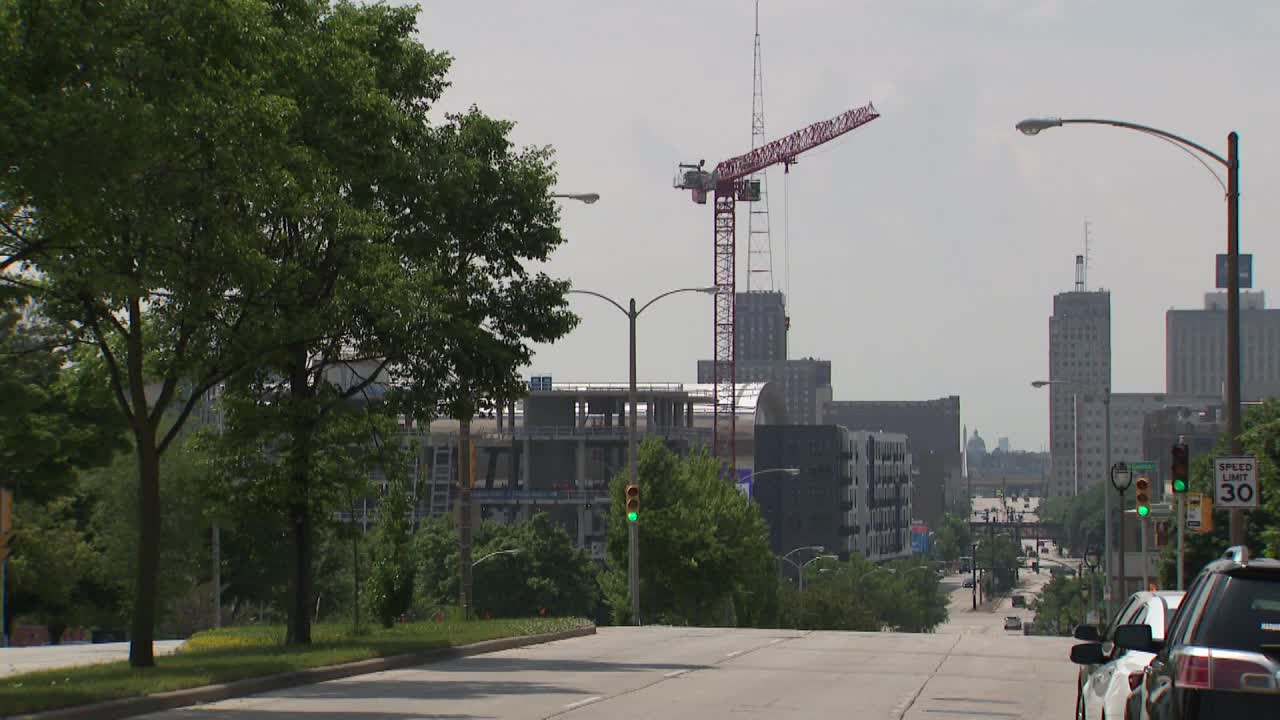

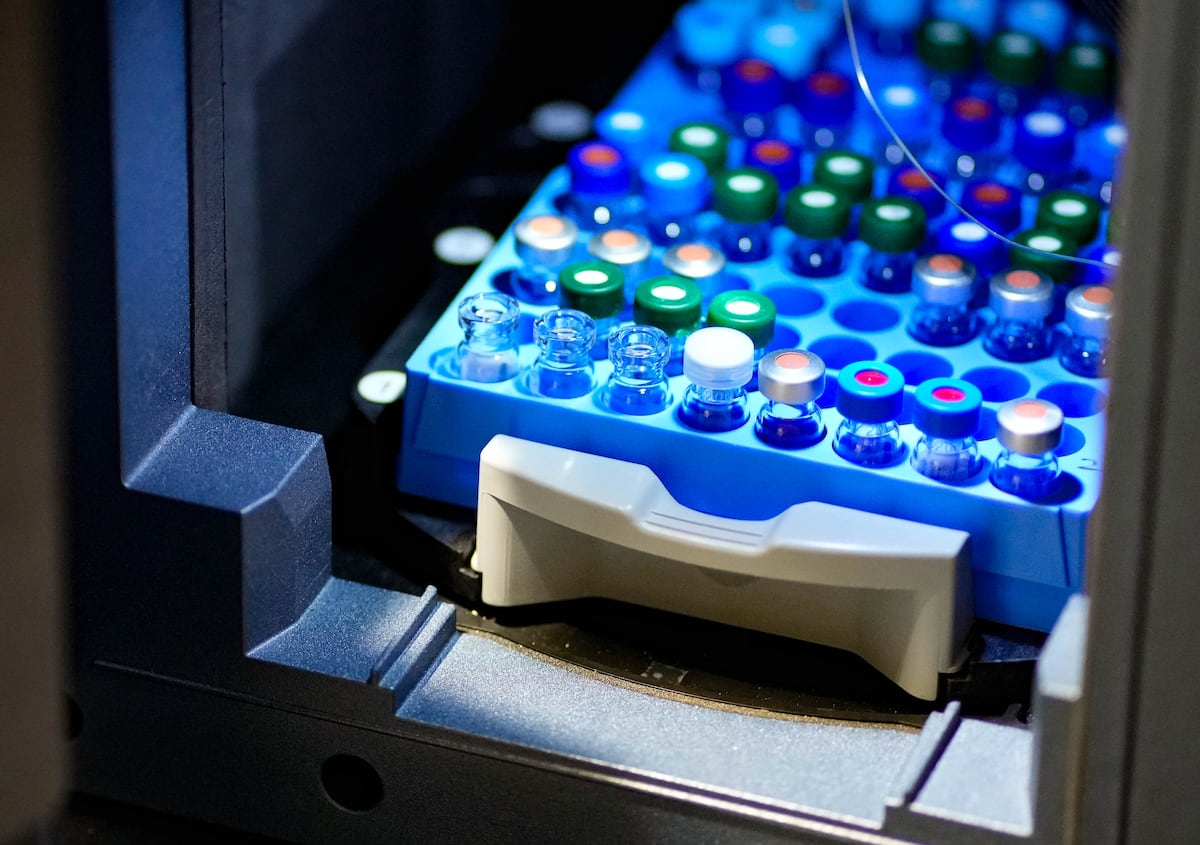
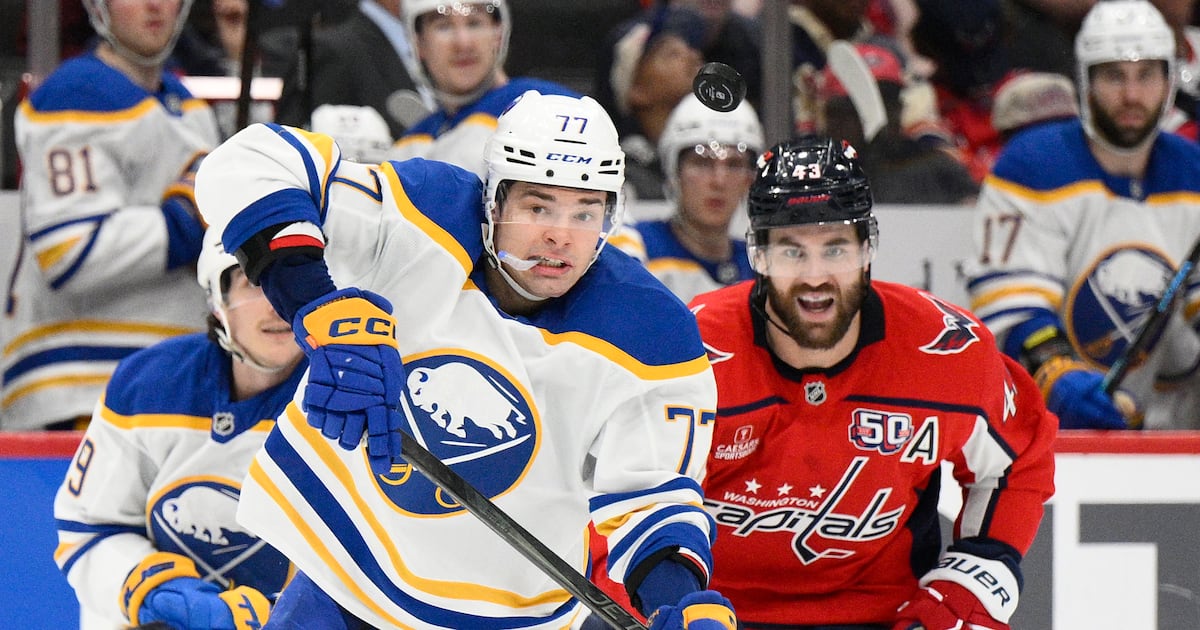
/static.texastribune.org/media/files/37d777dfbb61f282f112bd04a575cbbc/0523%20GOP%20Convention%20EH%20TT%2055.jpg)

